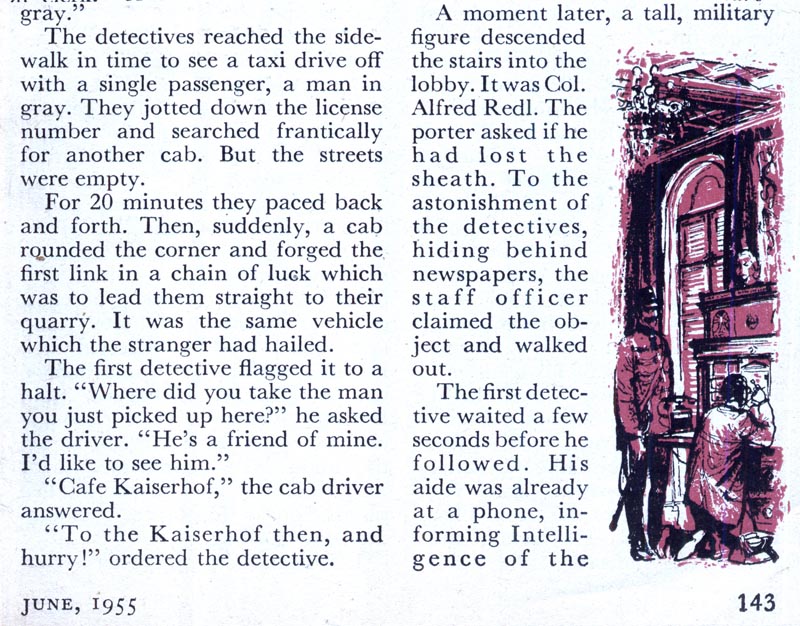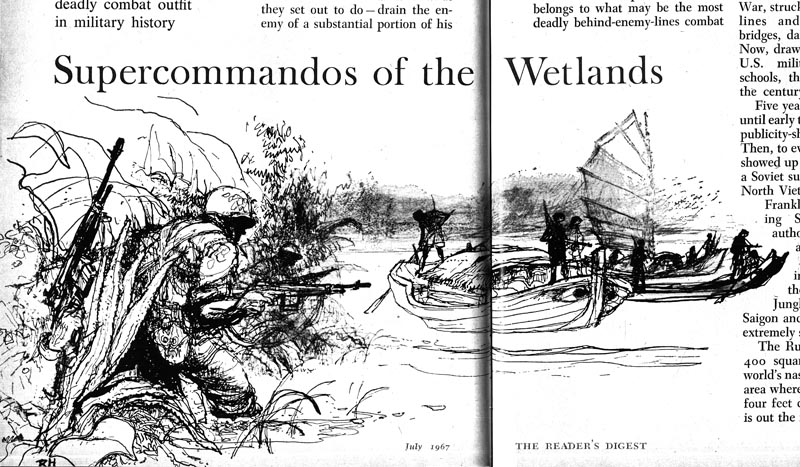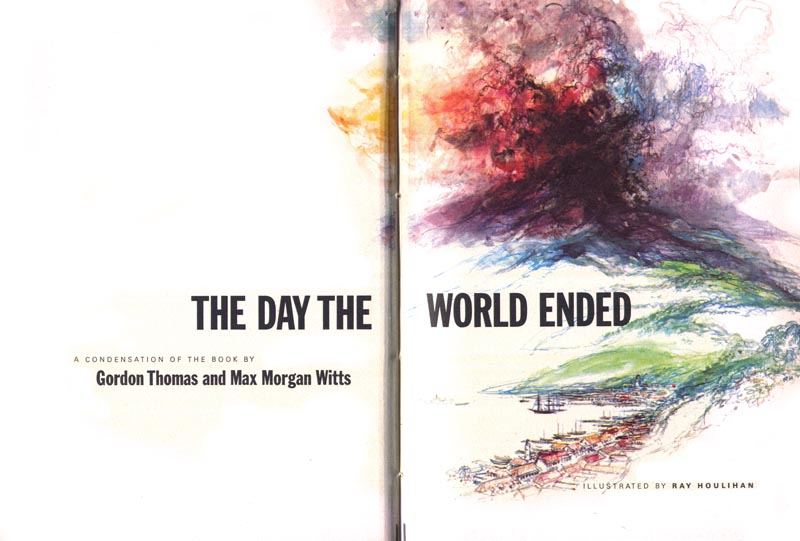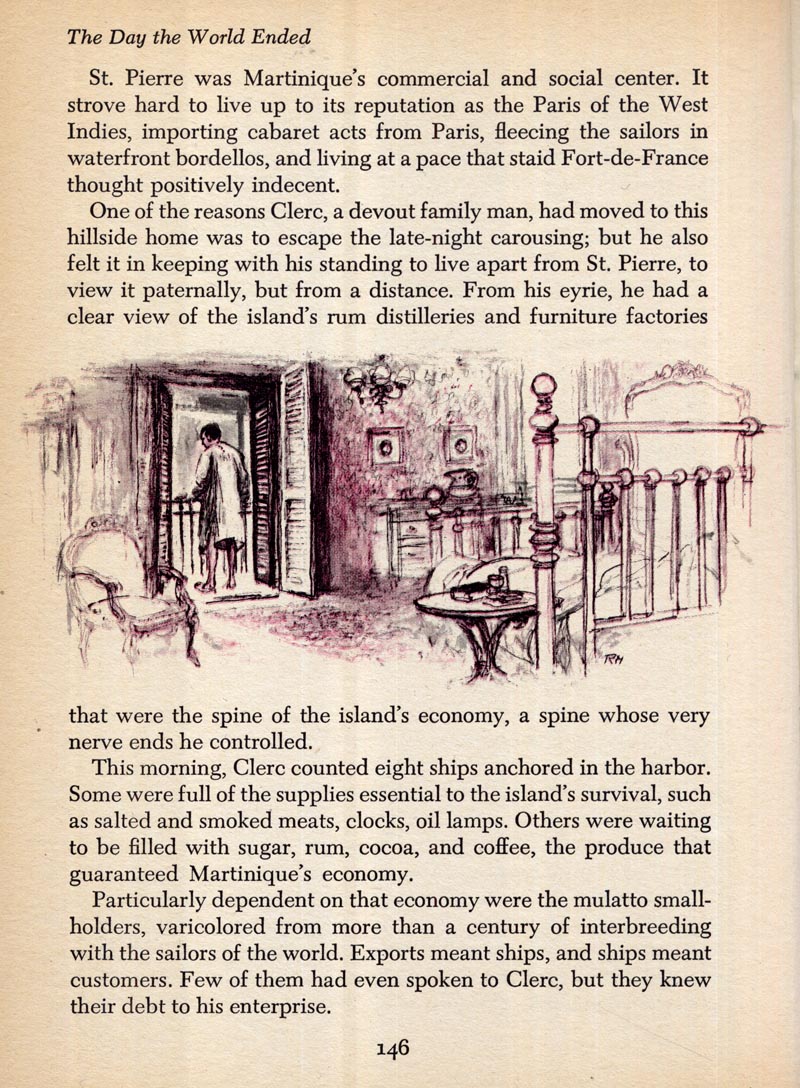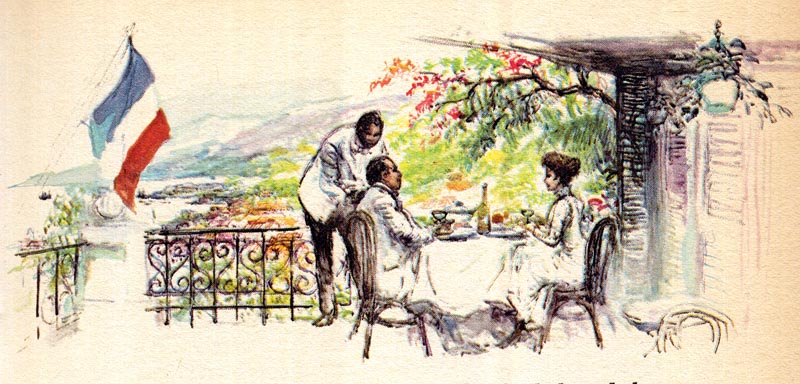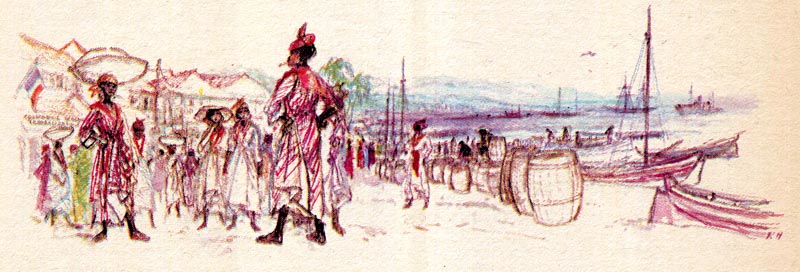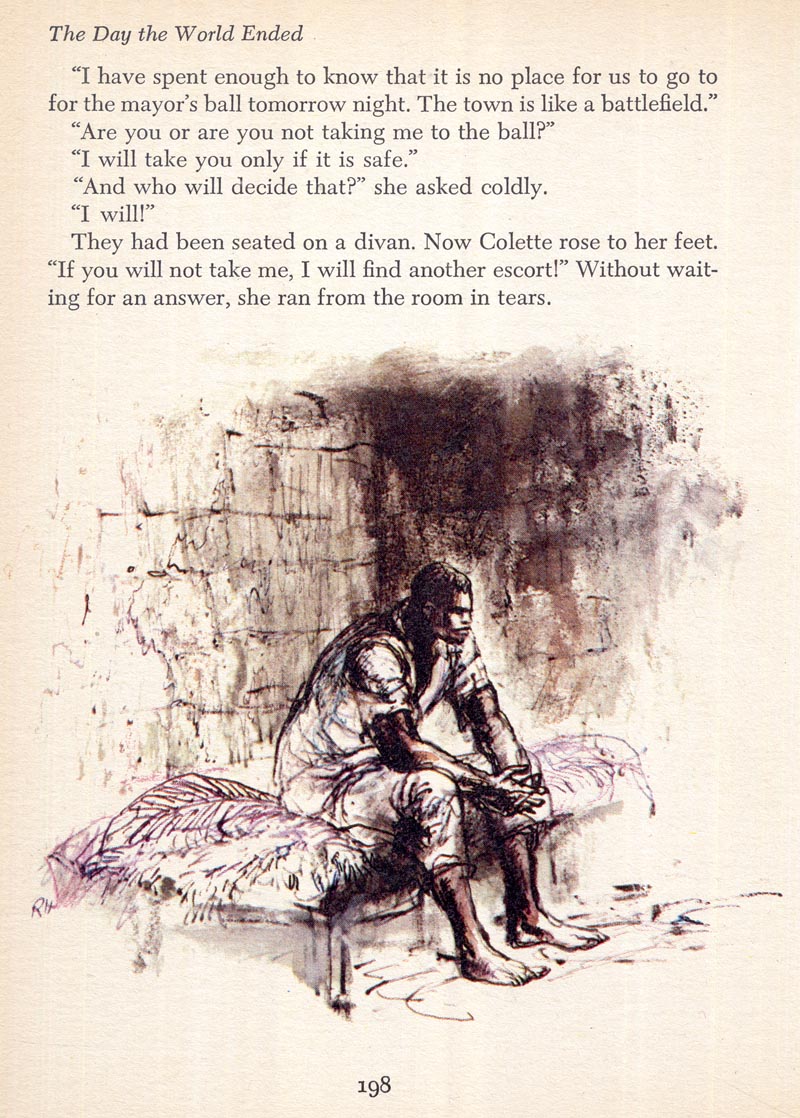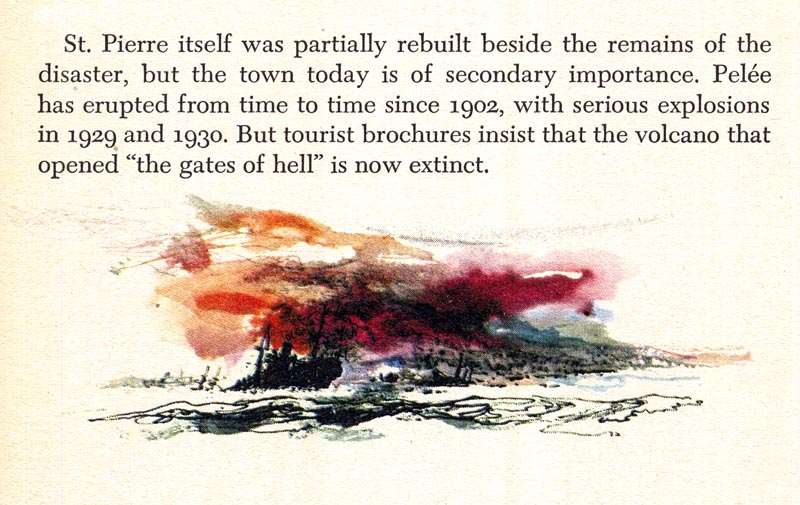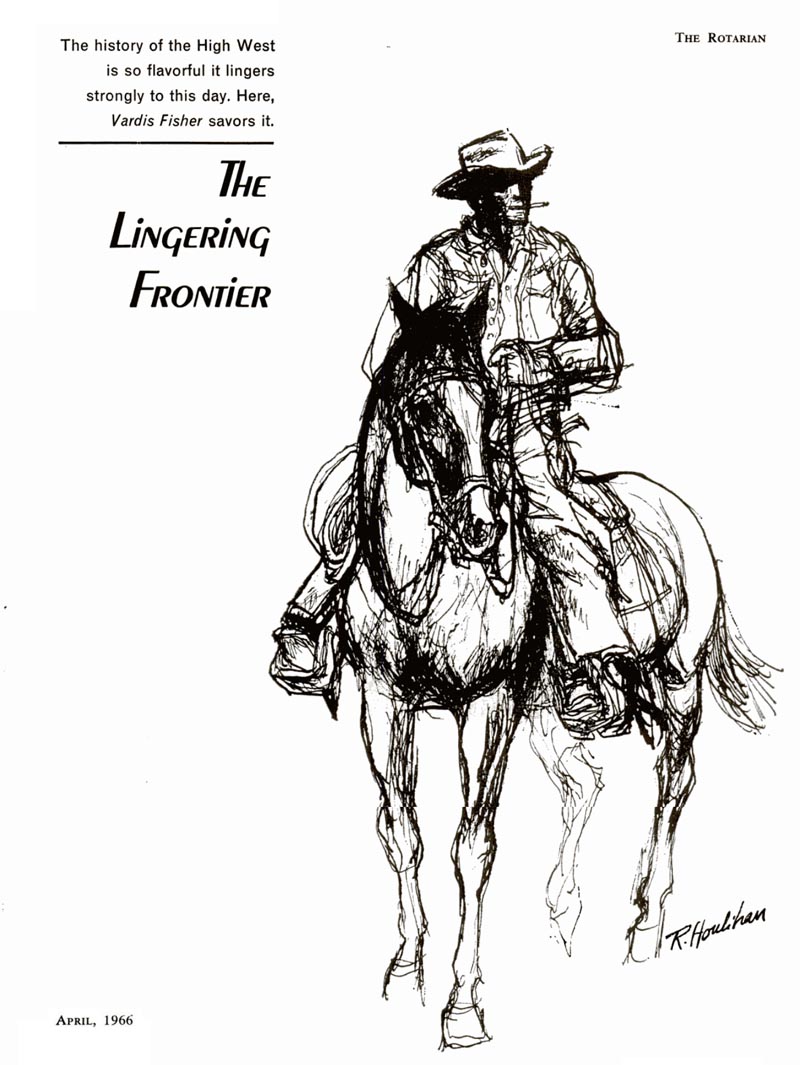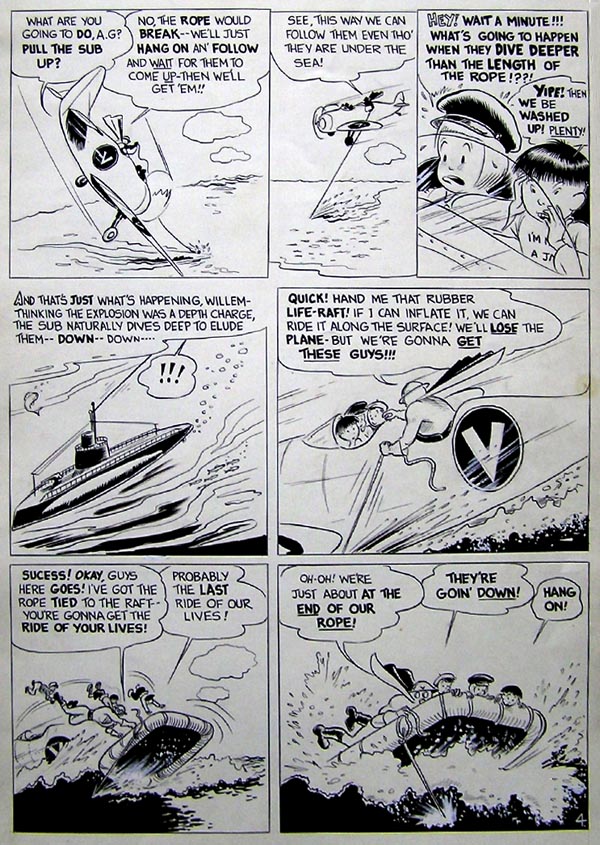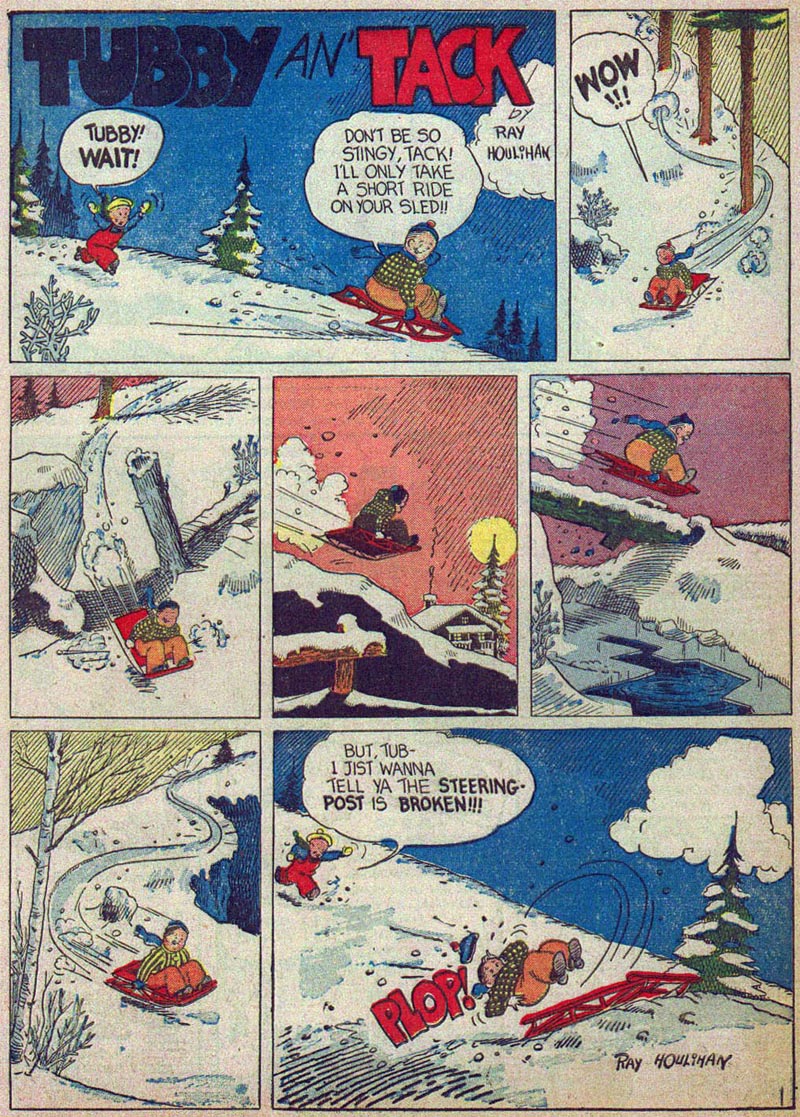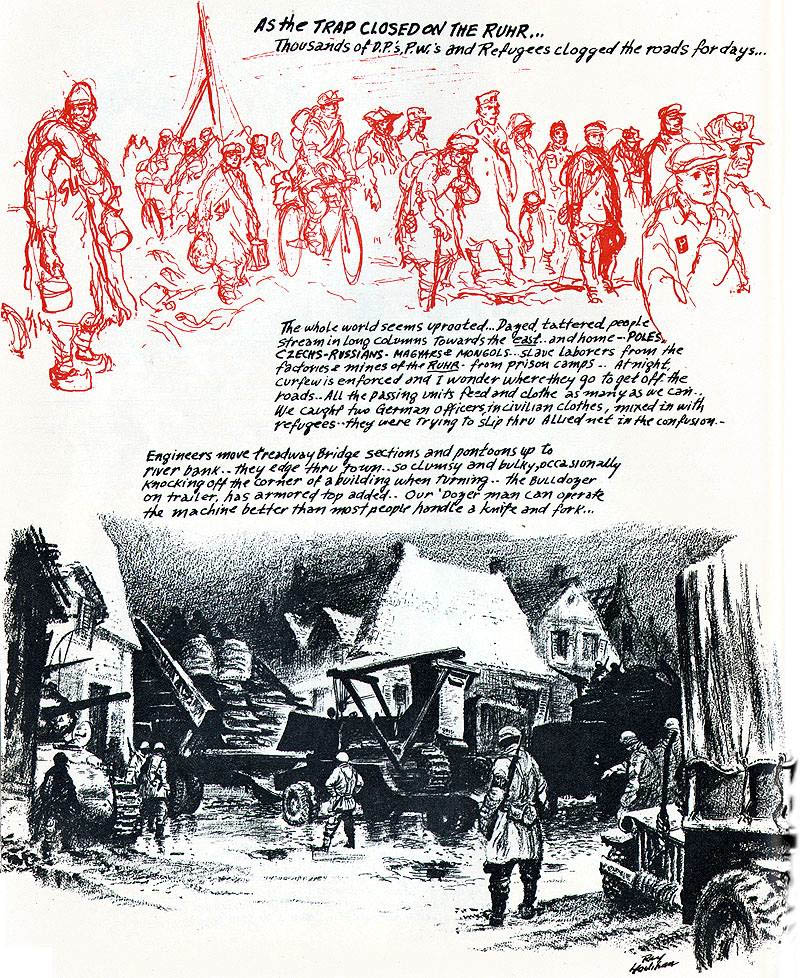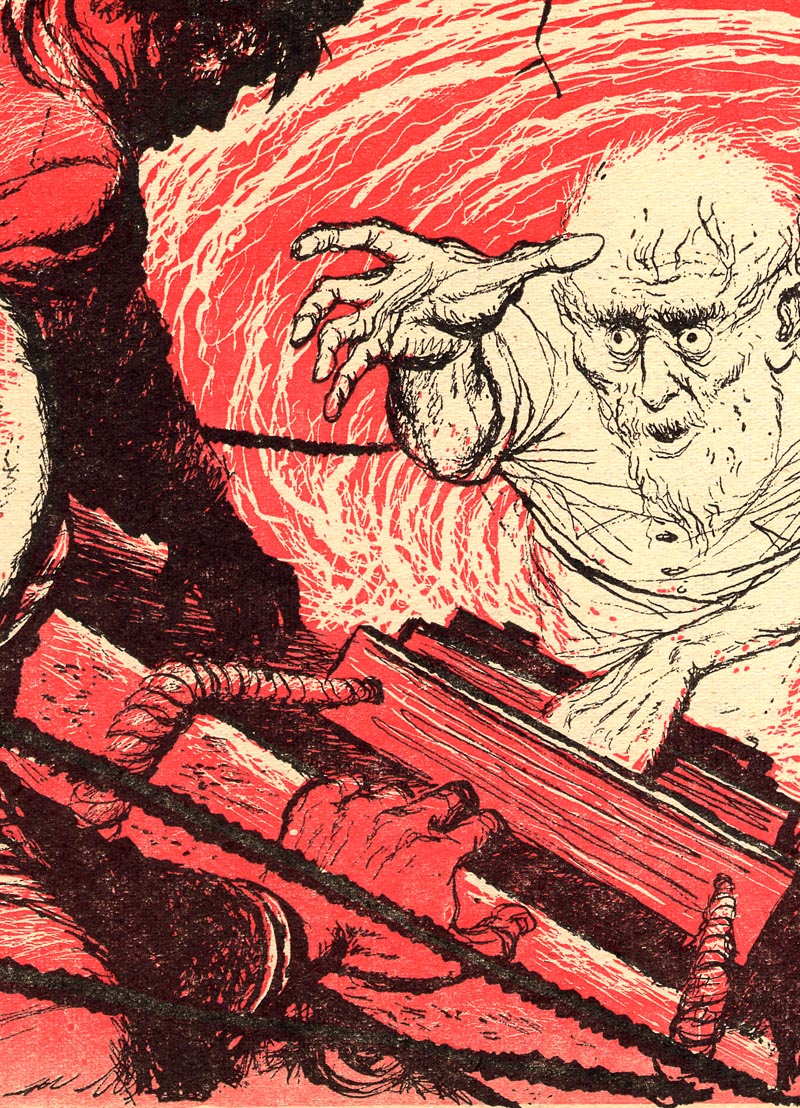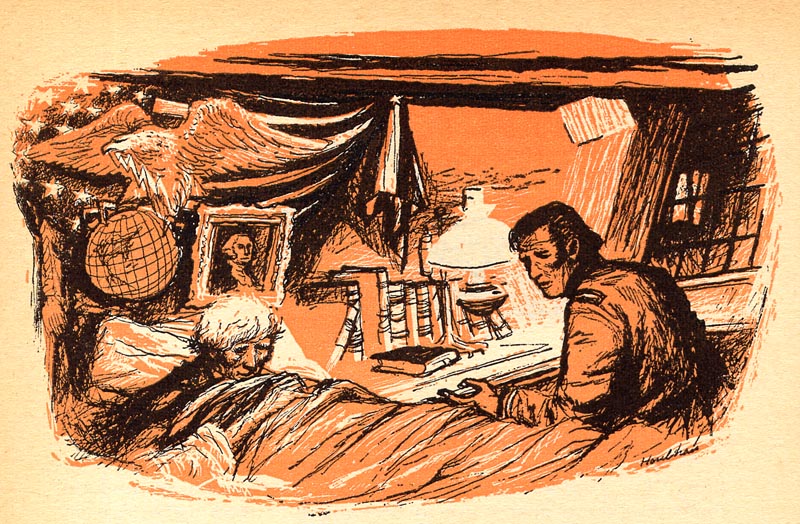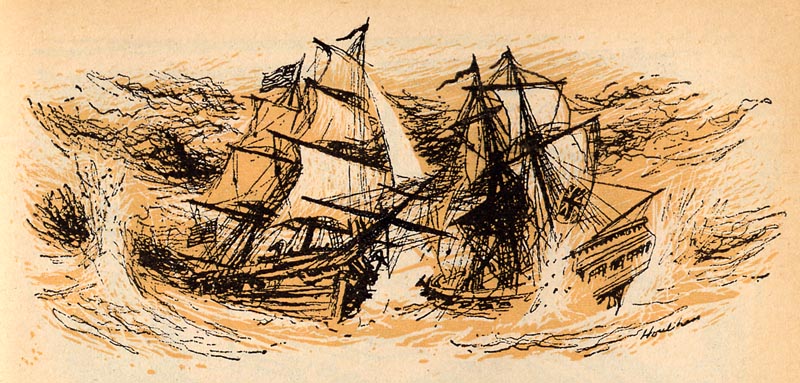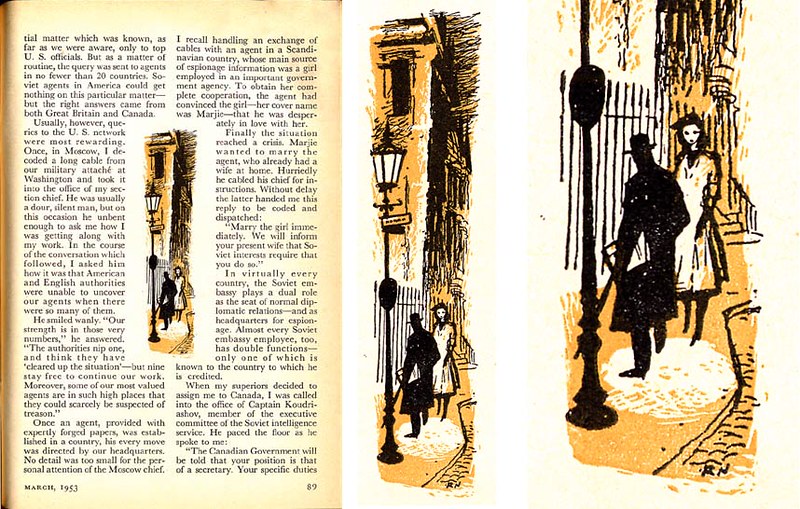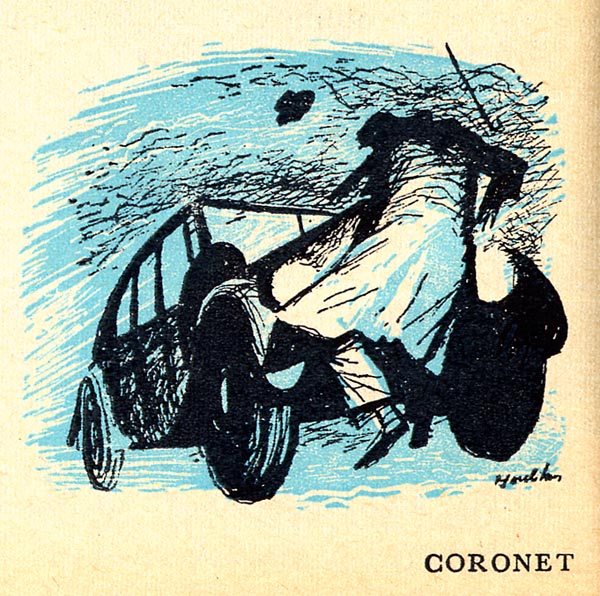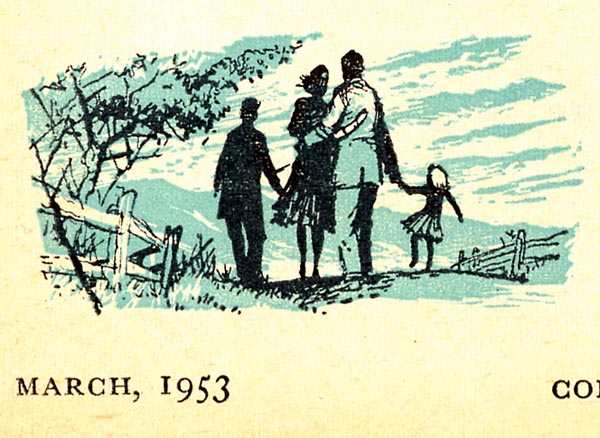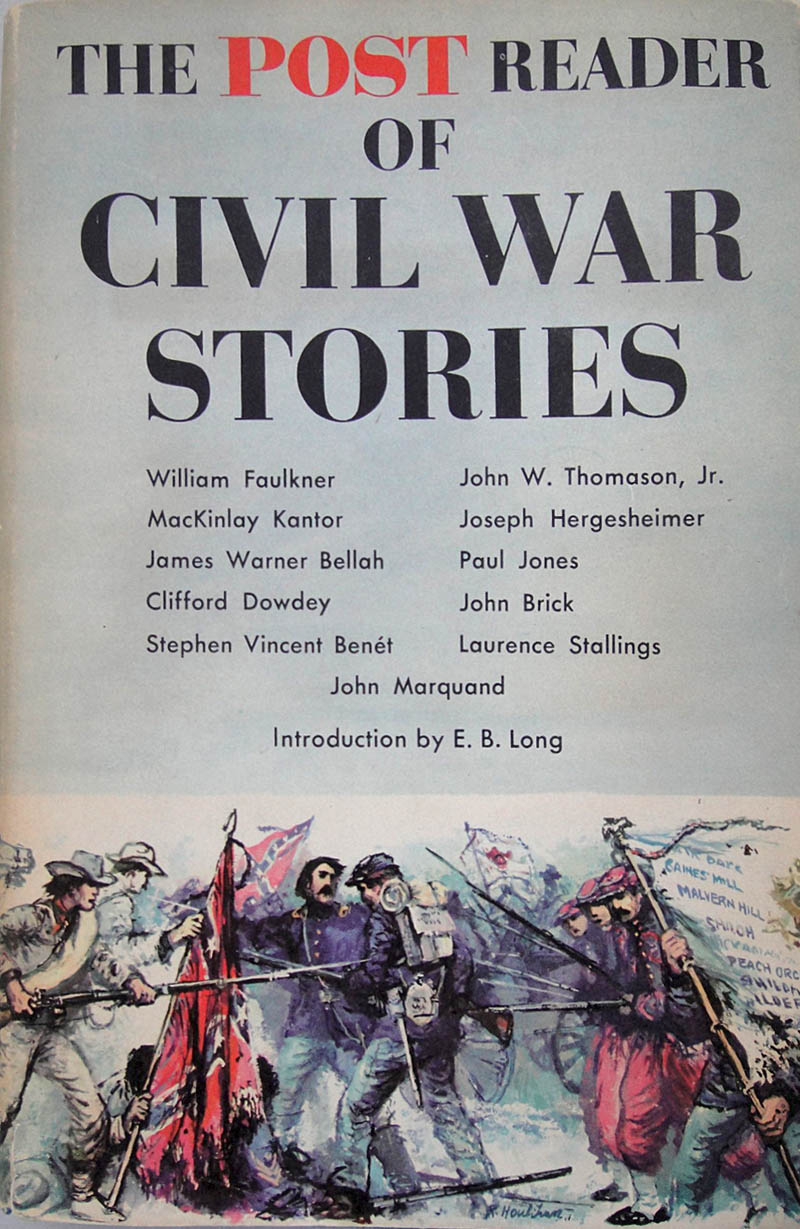
If you haven't checked it out yet, I encourage you to do so. Here's the link.
Last week a discussion about our female membership began on the Facebook group. Why aren't they more engaged in posting, commenting and 'Liking' the stuff other members post... and why are there so relatively few female members? I asked, "Is this group becoming too sexist... is it becoming a 'boy's club'?" Lots of members chimed in with their opinions (you can read the entire thread here). Ultimately, one person made what I think is a worthy suggestion to get more women to participate: one day a week, why not focus on women creatives of the mid-20th century. I've decided to pursue this idea with a new weekly feature - both here on the TI blog and in the TI Facebook group - which I'm calling "The Art of WoW!" or "The Art of Women... on Wednesday!"
By "the art of women" of course I mean "the art of women illustrators, graphic designers, cartoonists and comic book artists of the mid-20th century." I know, I know, it's a little goofy, but let's face it; as acronyms go "The Art of WIGDCaCBAotM20C!" doesn't exactly roll off the tongue.
So here we go... for my first "Art of WoW!" subject, I'm featuring an female illustrator name Winnie Fitch.
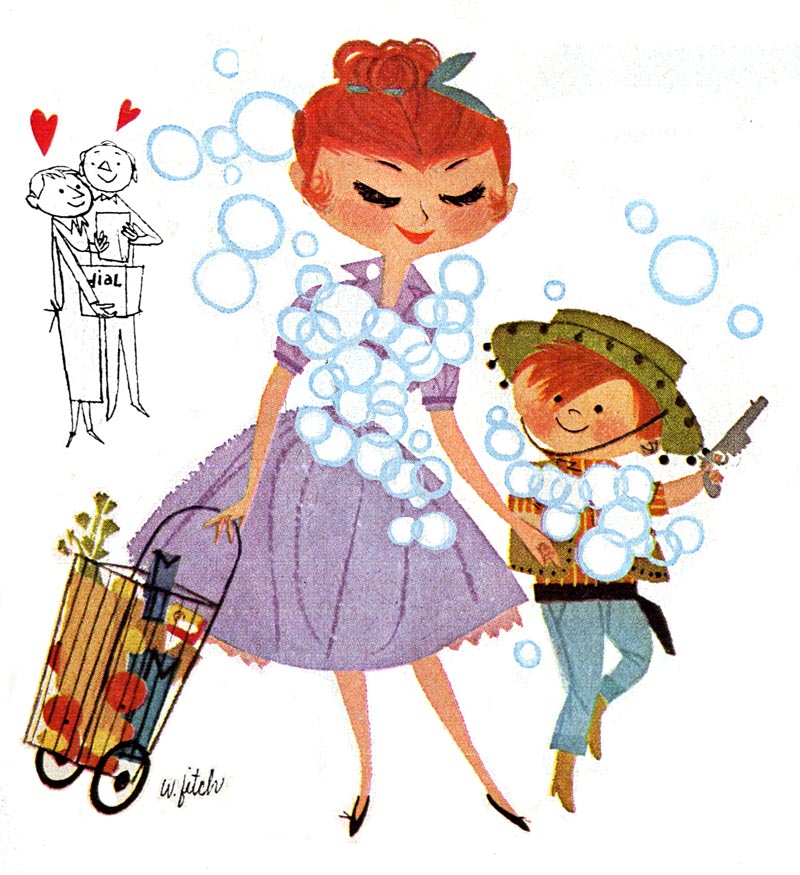
The first time I saw something by Winnie Fitch it was this wonderful little spot, signed "W. Fitch," tucked into the corner of an otherwise lacklustre 1957 print ad for Dial Soap.
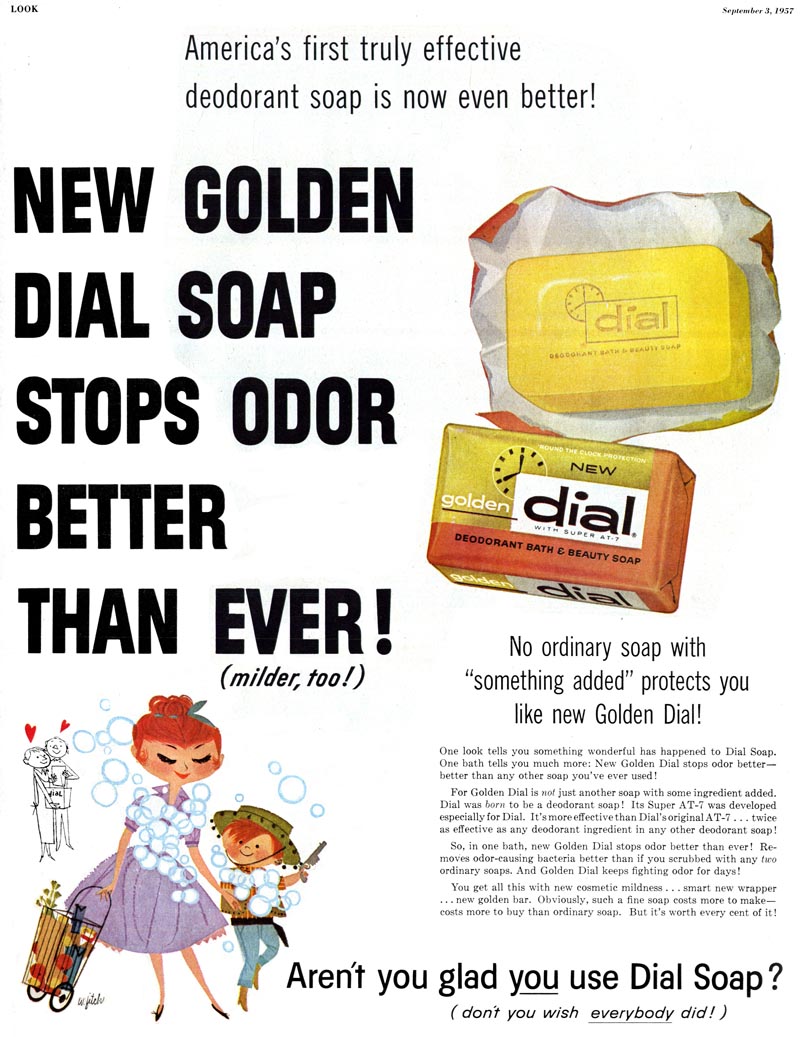
A little detective work online turned up another Dial ad - this time signed with the full first name "Winnie."
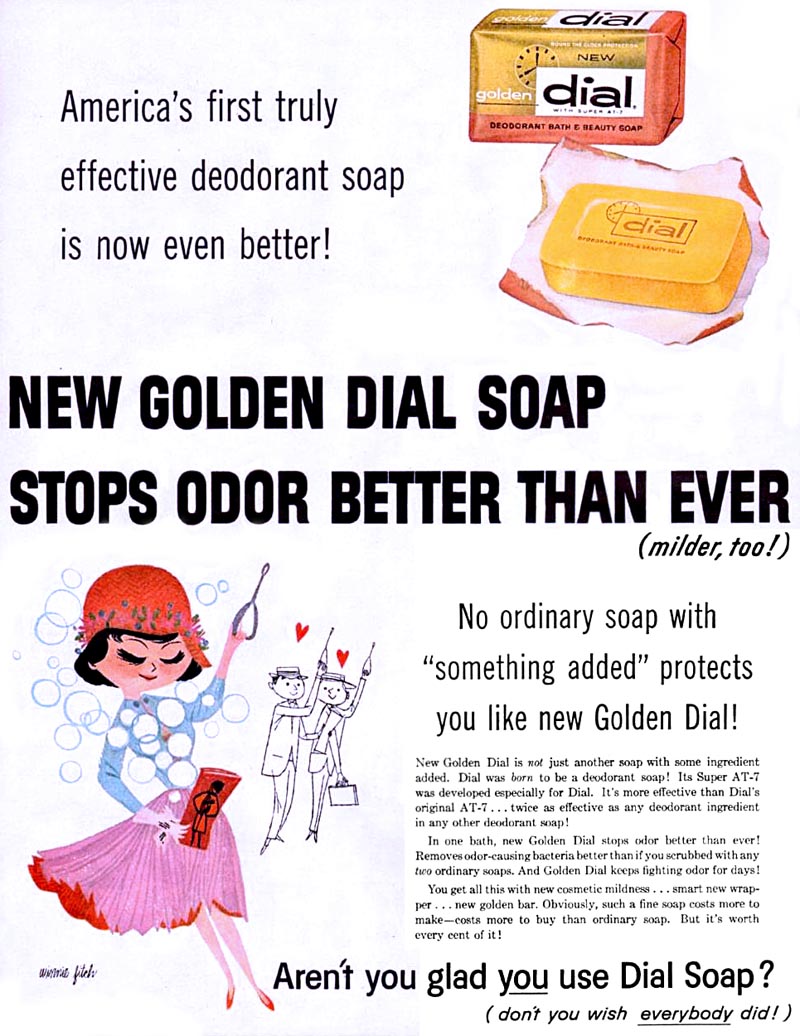
I was so pleased to have discovered a terrific female illustrator of the mid-20th century previously unknown to me. Here are couple more of Fitch's Dial illustrations I found on Meghan McCarthy's blog about children's books. (Megan has numerous other fun images by Fitch at that link)
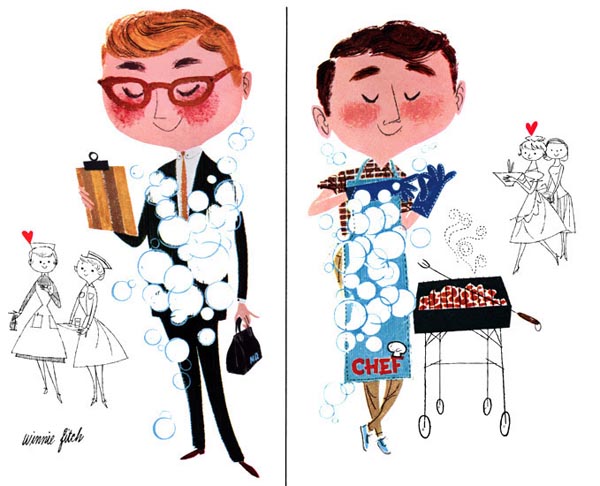
More detective work resulted in a happy discovery: Winnie Fitch was still with us - and she had a website! I immediately emailed her, but unfortunately I never received a reply.
Recently, while flipping through one of my 1964 volumes of "Childcraft, The How and Why Library," I discovered a story illustrated by Winnie Fitch.


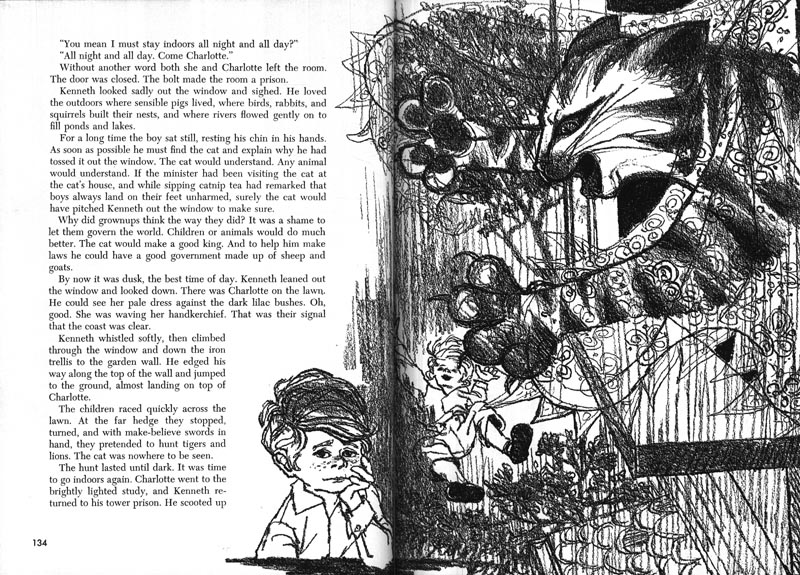
Fitch's character designs are tremendously appealing. Like many of the Childcraft illustrators, I suspect she was working in Chicago at the time (there seems to be a predominance of Chicago art contributors in that book series).
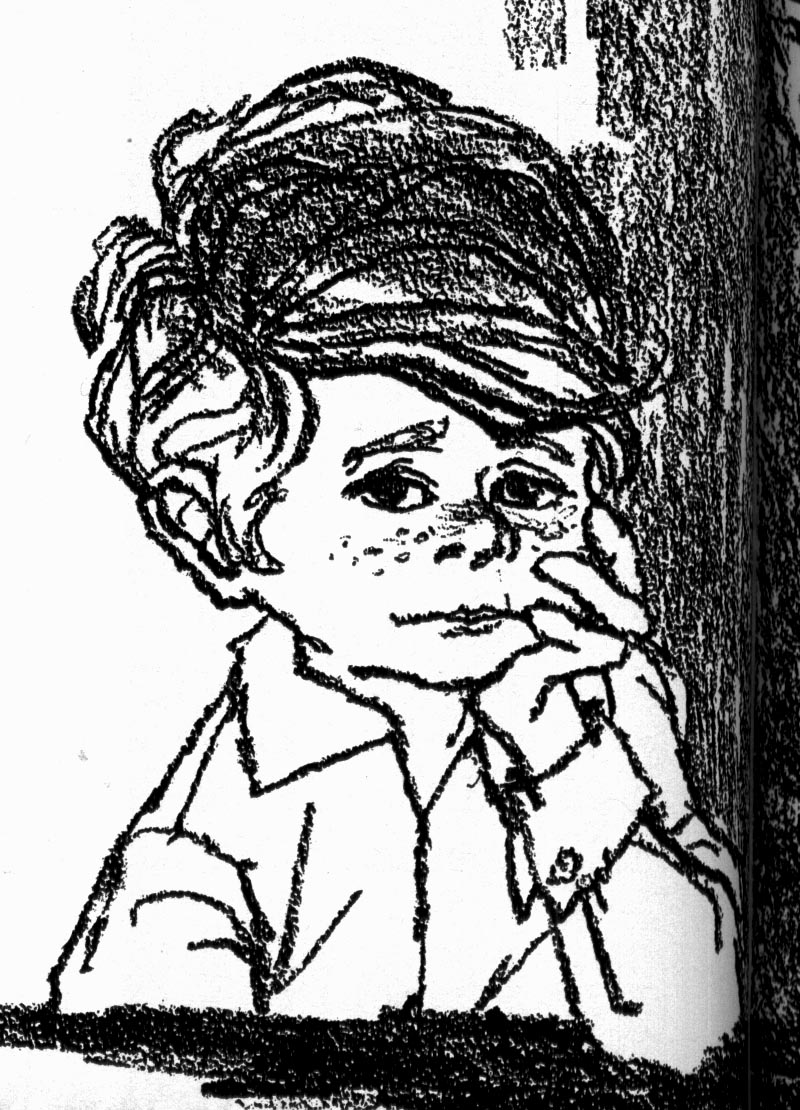

Earlier today I found this short autobiographical passage by Winnie Fitch on her website which reassured me I was probably right:
"Cooper Union School of Art gave me a wonderful design background that has served me professionally lo, these fifty-some years!" writes Winnie Fitch on her imagekind.com profile. "At first," continues the artist, "it was illustrating for national advertising and publishing, including children’s picture books, in Chicago, New York and Boston."
Below are a couple of children's book illustrations by Winnie Fitch - first from 1958...
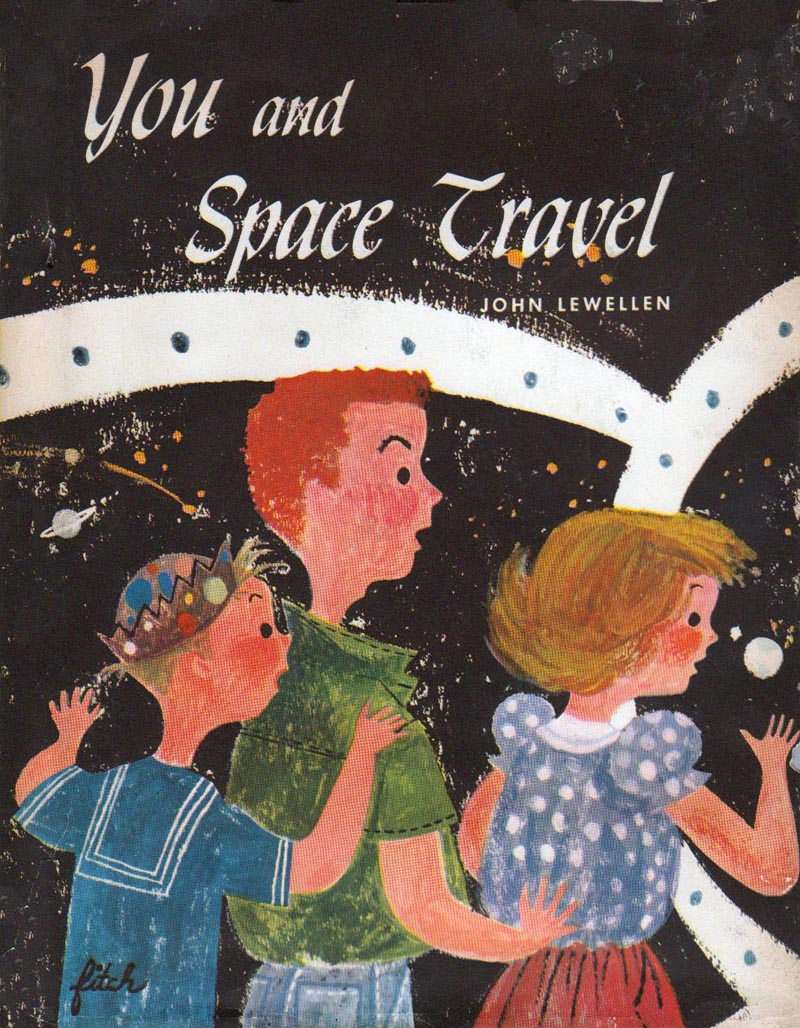
... and from 1966.
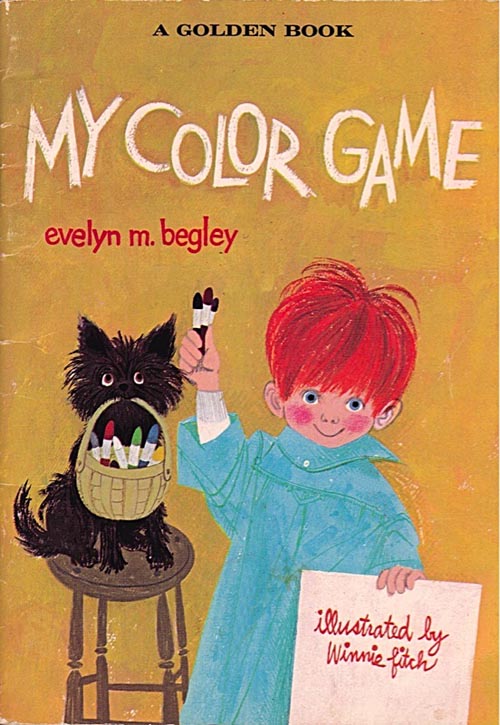
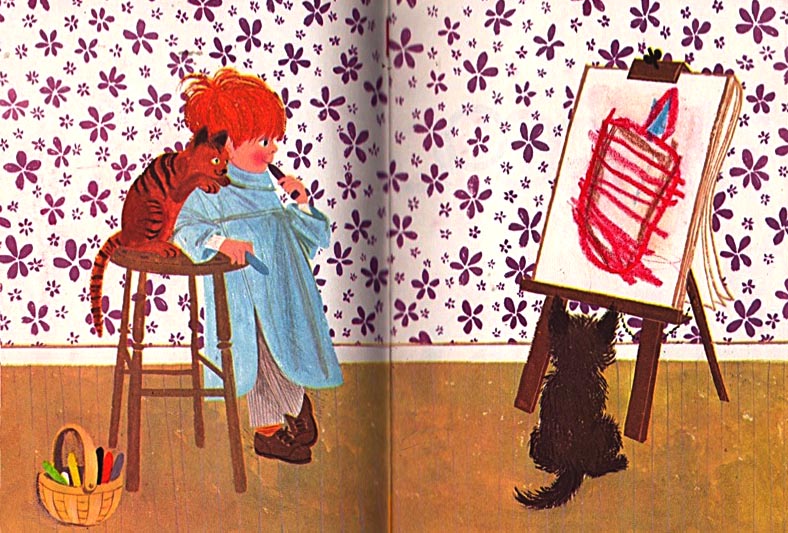
Visit her site and you'll find a list of the many other books Fitch has illustrated over the course of her career. Fitch writes "Currently my design and illustration is applied to the children’s songs and musicals we [she and husband John Houston] write and record together."
Yesterday I emailed Winnie Fitch again... if I hear back from her, I'll be sure to post about her again!


